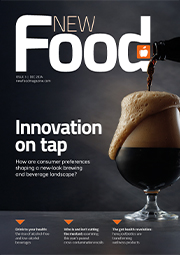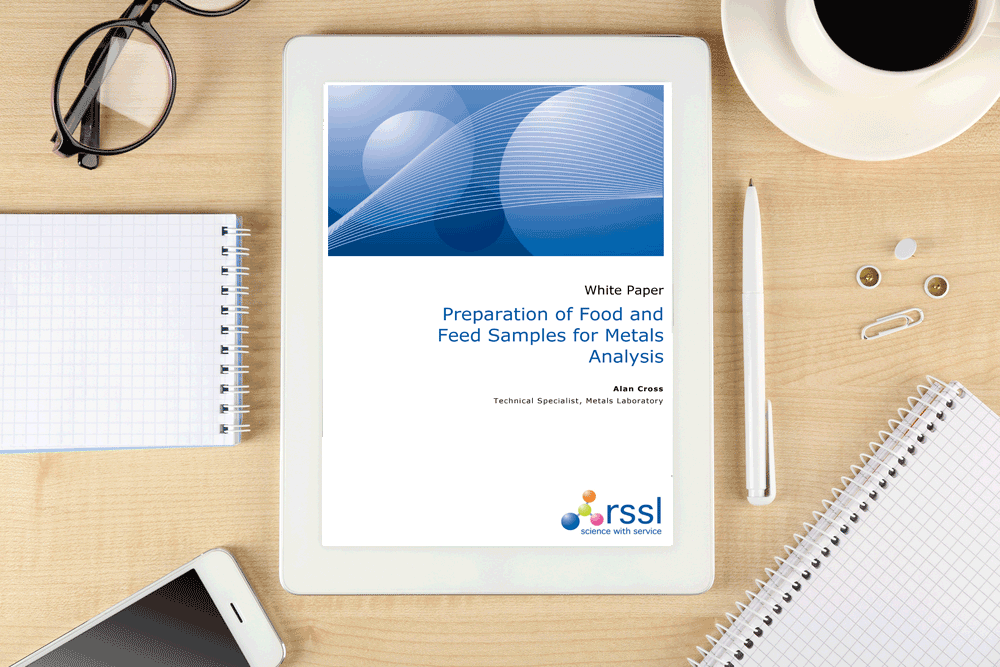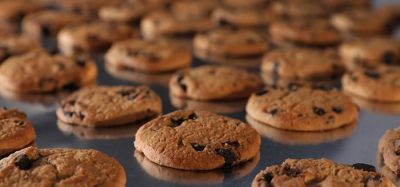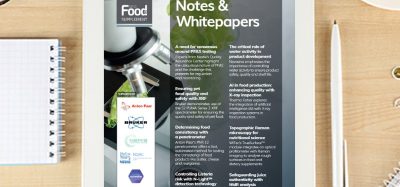Preparation of Food and Feed Samples for Metals Analysis
- Like
- Digg
- Del
- Tumblr
- VKontakte
- Buffer
- Love This
- Odnoklassniki
- Meneame
- Blogger
- Amazon
- Yahoo Mail
- Gmail
- AOL
- Newsvine
- HackerNews
- Evernote
- MySpace
- Mail.ru
- Viadeo
- Line
- Comments
- Yummly
- SMS
- Viber
- Telegram
- Subscribe
- Skype
- Facebook Messenger
- Kakao
- LiveJournal
- Yammer
- Edgar
- Fintel
- Mix
- Instapaper
- Copy Link
The relative virtues of ICP-MS, ICP-OES and AAS have been frequently discussed, in terms of their use for the analysis of metals, either from a nutritional aspect, but also as control of contamination in food materials.
However, sample preparation is often overlooked as an important aspect of the analysis of food samples, yet it is as critical, if not more so than the analytical technique itself. After all, if the sample is not prepared properly, any subsequent analysis will be compromised.
There are great variety of possible analytical techniques to choose from when considering sample preparation, namely direct analysis, dissolution in aqueous or organic solvents, open vessel digestion, closed vessel digestion and ash digestion. Each of these techniques has its own advantages and disadvantages.
This whitepaper is restricted - login or subscribe free to access


Why subscribe? Join our growing community of thousands of industry professionals and gain access to:
- bi-monthly issues in print and/or digital format
- case studies, whitepapers, webinars and industry-leading content
- breaking news and features
- our extensive online archive of thousands of articles and years of past issues
- ...And it's all free!
Click here to Subscribe today Login here
Related content from this organisation
- Revolutionary tech slashes herb & spice fraud testing times, boosting food authenticity
- Risk assessing new suppliers in the COVID-19 era
- Whitepaper: Advancing the understanding of emulsions using state of the art microscopy
- Application of GC-MS/MS in the analysis of taints and off flavours
- Preparation of Food and Feed Samples for Metals Analysis









Thank you !